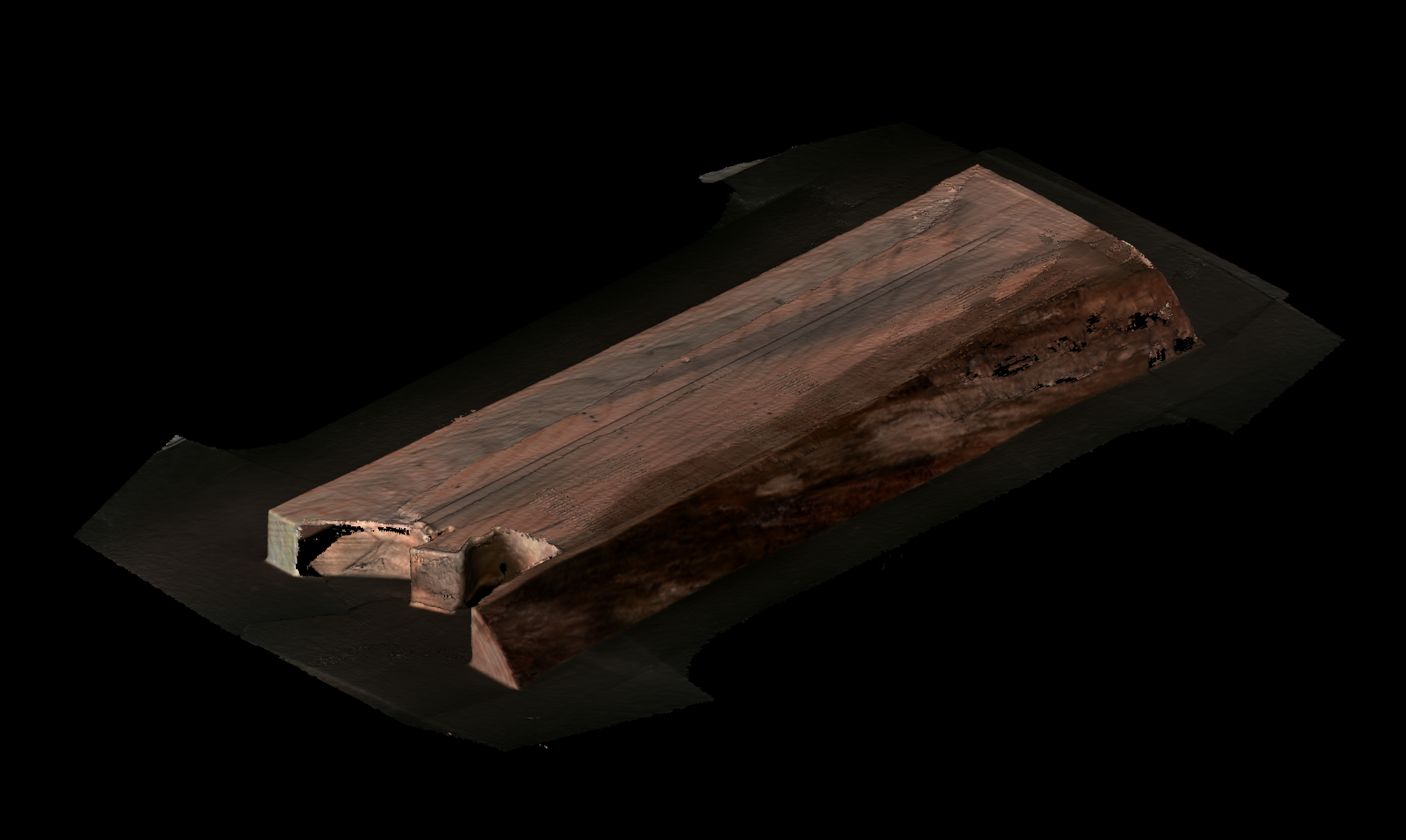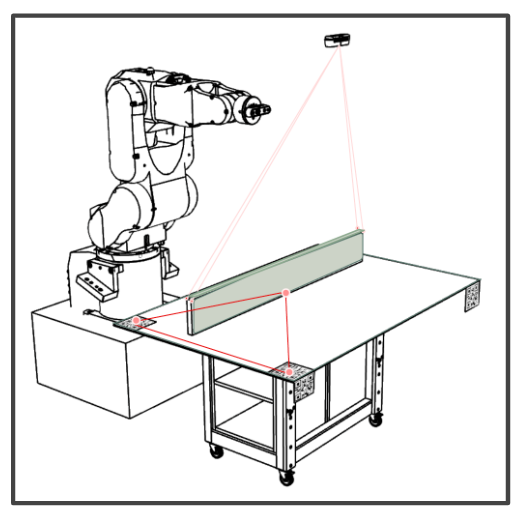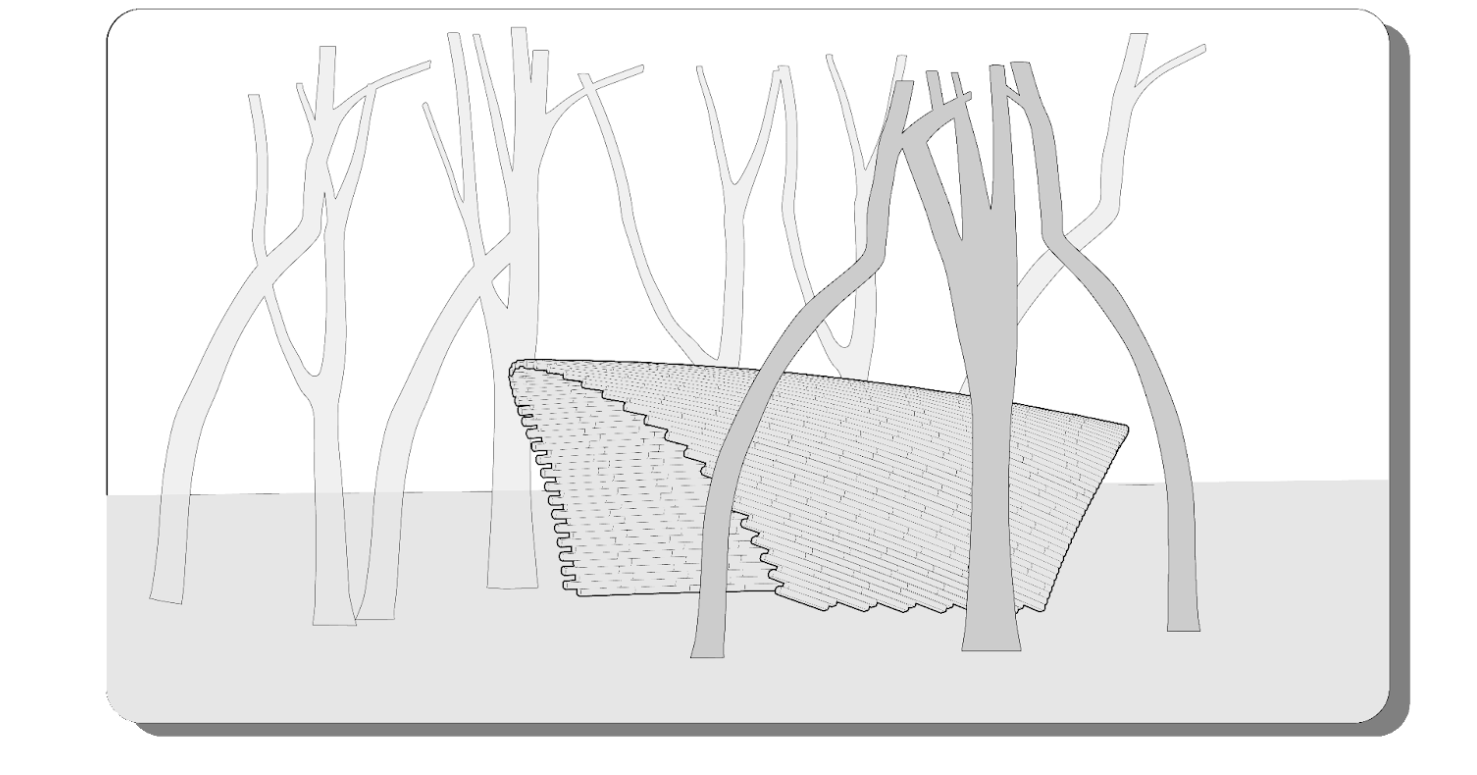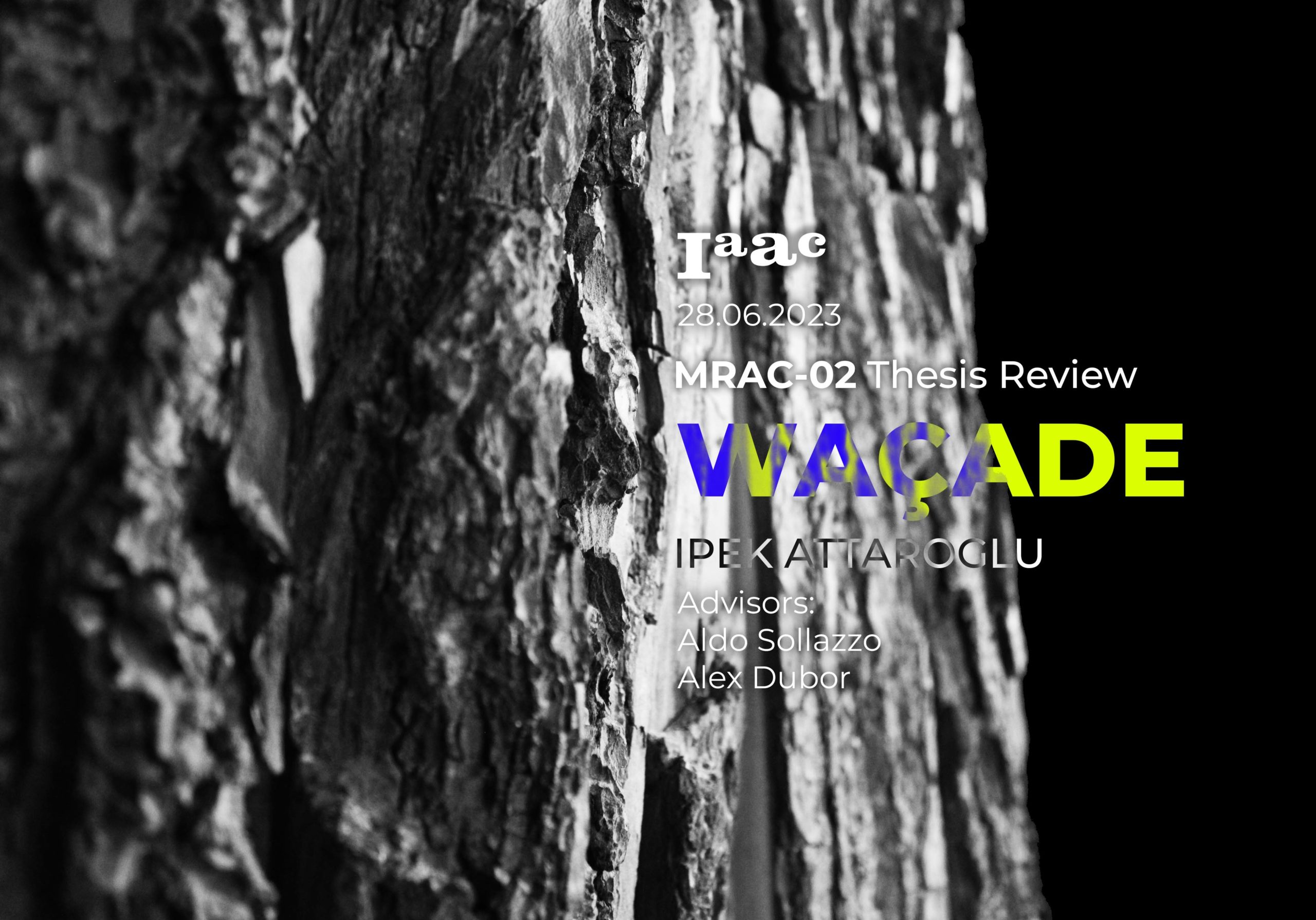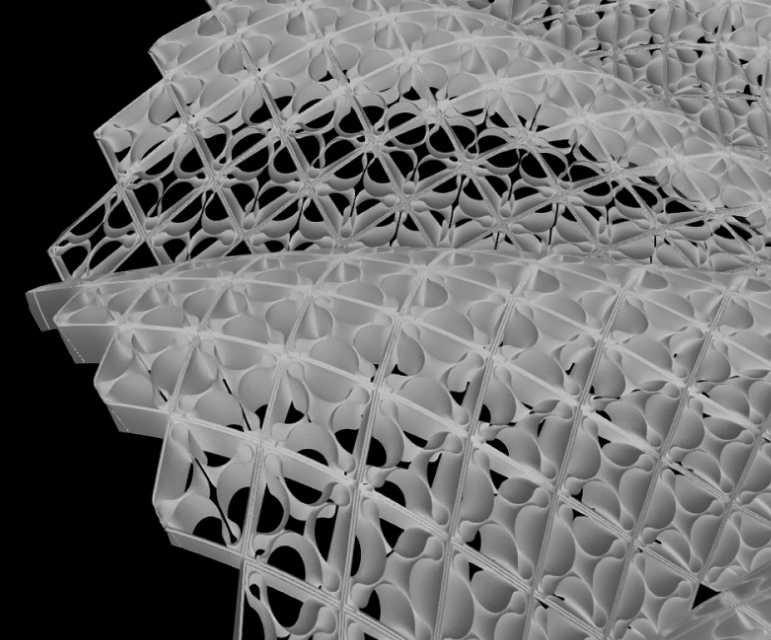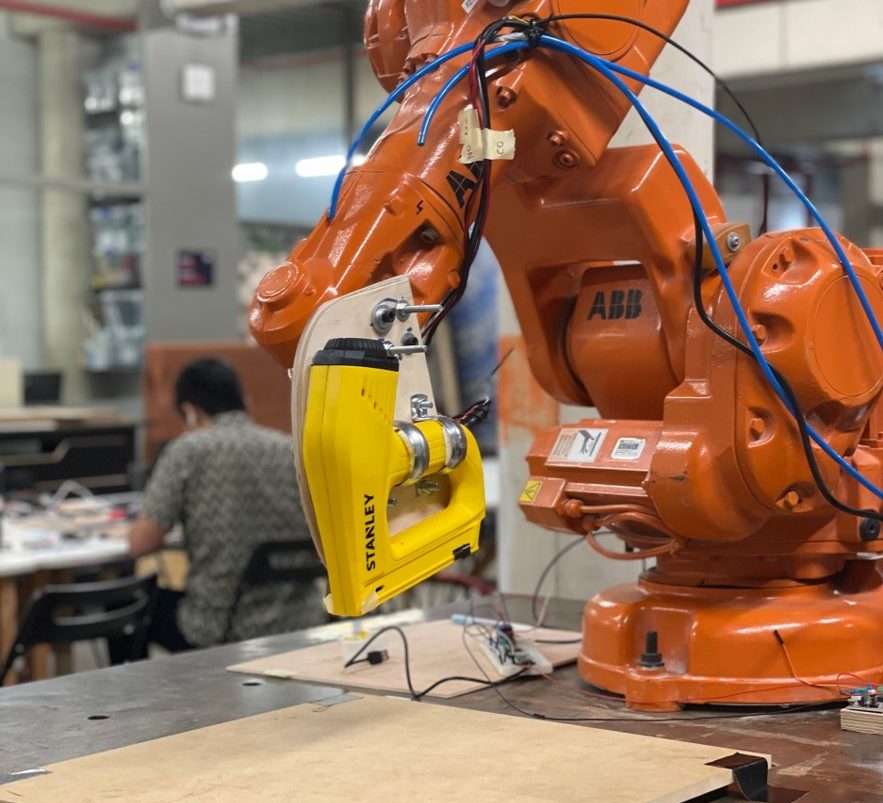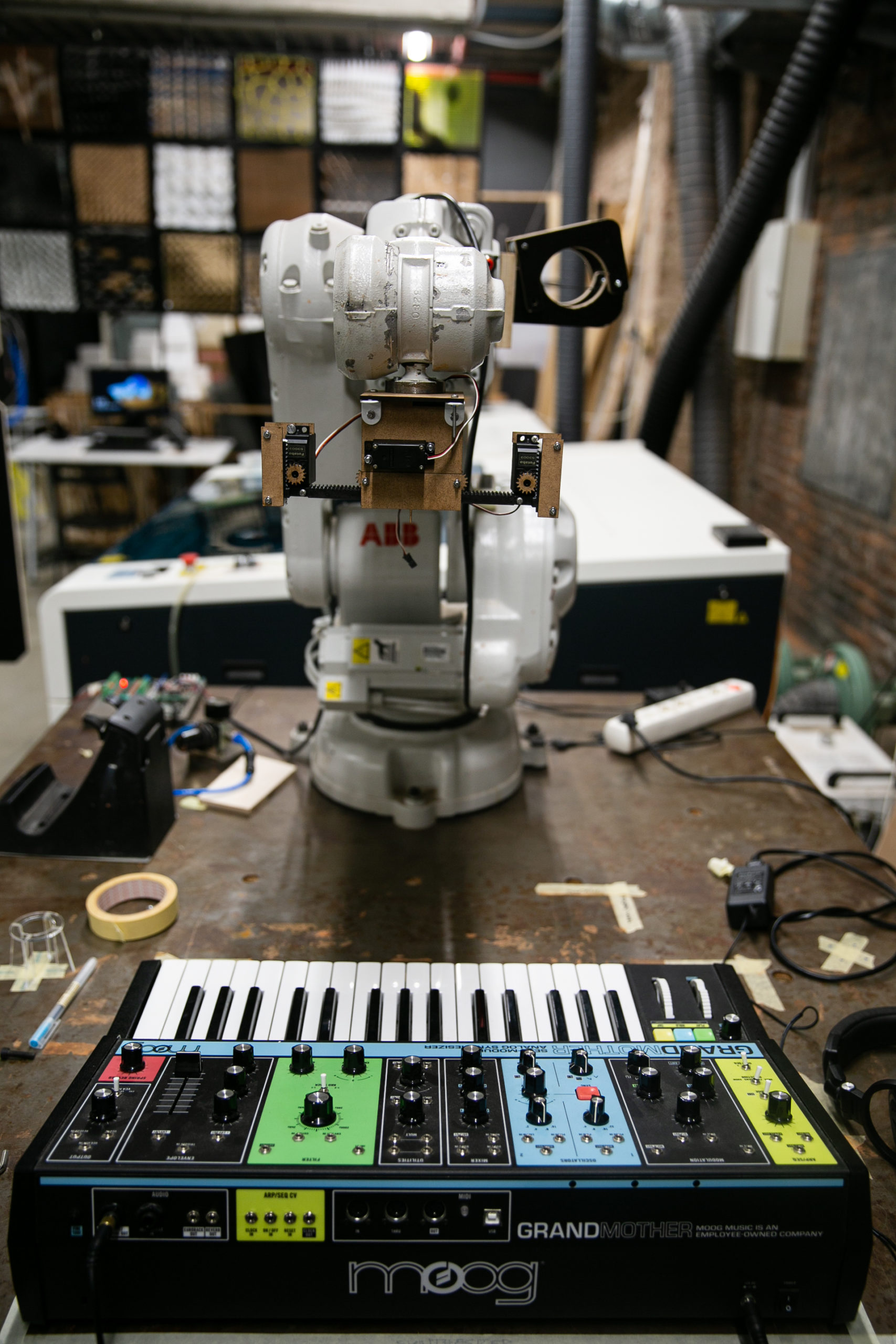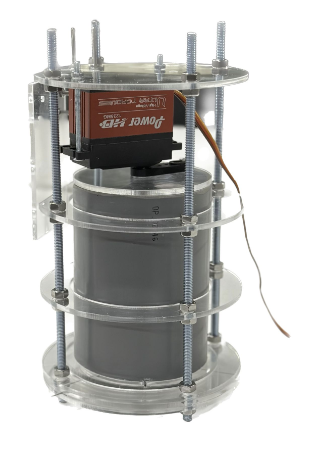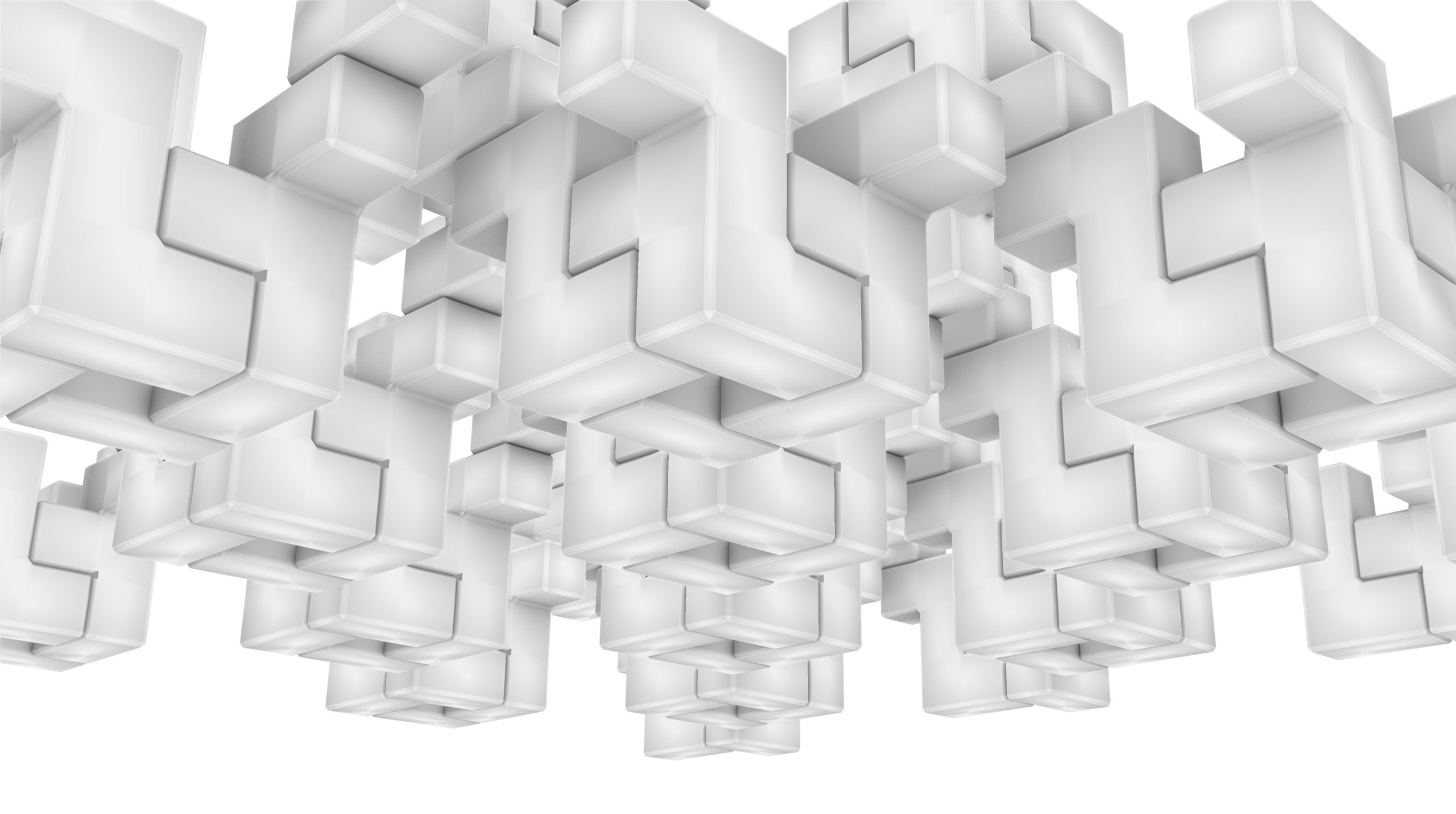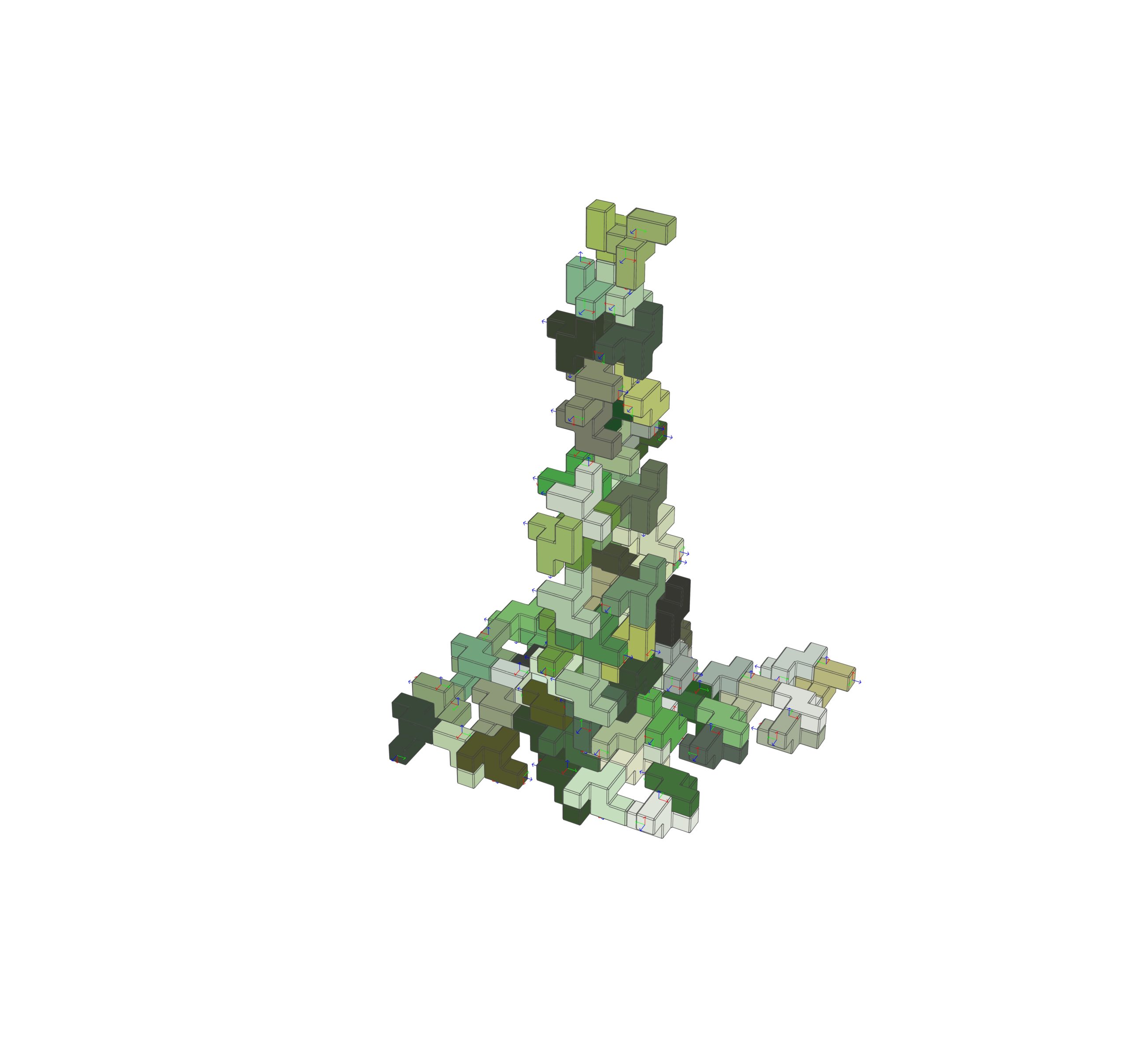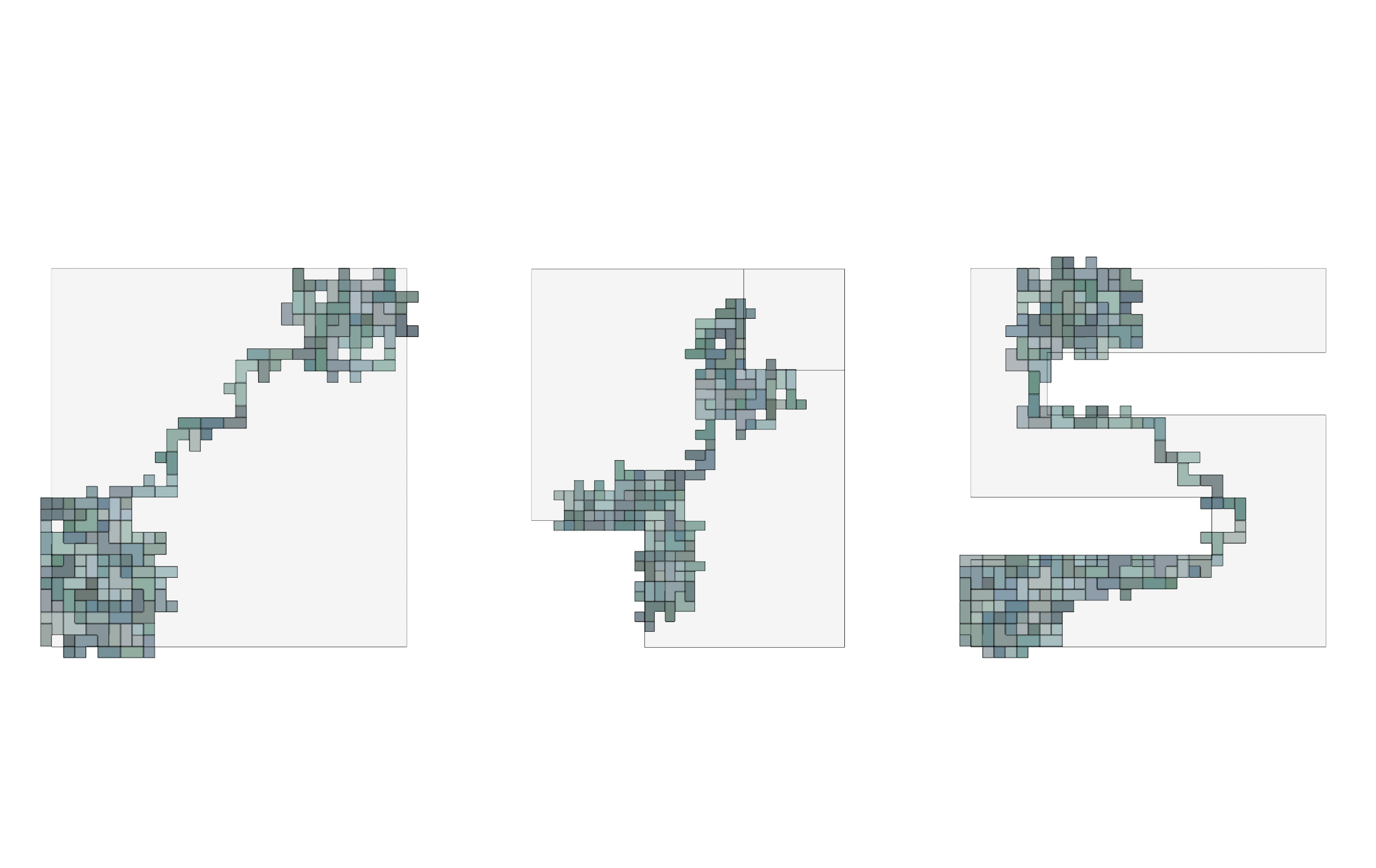The Master in Robotics and Advanced Construction (MRAC) seeks to train a new generation of interdisciplinary professionals who are capable of facing our growing need for a more sustainable and optimised construction ecosystem. The Master is focused on the emerging design and market opportunities arising from novel robotic and advanced manufacturing systems.
Through a mixture of seminars, workshops, and studio projects, the master programme challenges the traditional processes in the Construction Sector. It investigates how advances in robotics and digital fabrication tools change the way we build and develop processes and design tools for such new production methods.
Robotic Scanning
Objective of this research is to create a robotic scanning workflow that creates high definition meshes for use cases in design and fabrication. Tools Hardware and software used in this research are – UR RobotIntel Realsense D405MoveitIndustrial Reconstruction Initial Tests The initial tests were intended at understanding the parameters of the camera to obtain an … Read more
ARtisan
The efficient utilization of forestry products plays a vital role in sustaining industries such as construction and furniture manufacturing. To meet the demands of mass production, raw materials undergo a process of standardization, enabling streamlined operations and increased output. However, this standardization process results in the generation of valuable by-products such as planar offcuts. These … Read more
Post Tension Wood
Post Tension wood is a project created in different steps. Extracting logs from trees from 12 – 15 diameters, this project scans each piece with the purpose of optimizing the fabrication and reducing the waste. Workflow Set Up & Calibration Production plan
WAÇADE
This project focuses on creating a workflow and a tool to automate the design process with irregular wood offcuts.
Matching Offcuts
This project focuses on resolving the algorithmic issues that needs to be tackled in order to automate the design process with irregular wood offcuts.
Scan + Reconstruct
Main idea for this research is to: Requirements + Setup This package requires a depth camera (for rgb and depth data) and an industrial robot (to broadcast its state, and track movement of the attached camera). The path planning is done with Moveit Motion Planning (moveit_github). The motion planner used for this particular series of … Read more
Robots and Grains
The state of the art shows our pursue to develop organic geometries using Hyperboloid as design geometry The design takes advantage of the offcuts grain to create a rigid waffle-like structure. Horizontal and vertical members and then connected through notches and screws to stiffen the system. The outer horizontal members of this grid present bark … Read more
Computer vision and AI in the Additive Manufacturing process
How can we improve the additive manufacturing process? According to a panel of experts, this process is not perfect. There are several issues on it, like the time that they normally spend prototyping to have “the perfect piece”. This involves different parameters like speed, pressure, Material Consistency, the calibration of the robot, etc. In most … Read more
Oddly Satisfying… Print and Cut
Aim Develop prefabricated and post-processed 3D printed clay modules for self-supporting surfaces Context What could we learn from a study of Gaudi’s ceiling in Casa Batllo? This was the jumping off point of this studio. Responding to a requirement to choose an element of an Art Nouveau/Modernisme building – an opening, arch, or surface – … Read more
Robotic Manufacturing of Cork Surfaces
The objective of this studio was to implement an automated robotic process for the efficient fabrication of modular cork blocks, essential components of a doubly curved acoustic surface. The key objectives encompassed the following: By addressing these objectives, the studio aimed to advance the field of robotic fabrication while emphasizing the acoustic potential of cork … Read more
Ruled Stereotomic Manufacturing
Ruled surfaces are a way to address both simplicity in terms of design rules and at the same time complexity in terms of the outcome. In this workshop we aimed at defining design rules which are performance driven, to obtain modular geometries. Through parametrization and manipulation of computational workflows we generated paths and mapped them … Read more
re(al)form
Wood is a naturally grown material that is often seen by industry as a linear and standardized entity. “re(al)form” focuses on the resulting leftovers, which take the naturally grown form language of wood from nature to create an aesthetic and seamless facade which takes the fiber direction as a main input. The project embodies aesthetic … Read more
Limitearth Project
The annual construction waste is expected to reach 2.2 billion tons gobally by 2025, to try to solve this kind of problems in this sector we can use the Additive Manufacturing fot the optimization of Fabrication and construction. Key advantages of AM By 2020, the AM sector will grow up to a €13.4 billion industry … Read more
Context aware AM: Research Thesis
This research thesis seeks for an opportunity to introduce specific human actions in the additive manufacturing robotic process to generate custom and adaptive fabrication flows based on local needs and conditions and set in a cyber-physical working environment that will scan and verify the results before and after every intervention. 1. Framework According to UN, … Read more
Advance Technology: Context aware AM
The goal of this project is to present a Case Study about an adaptive additive manufacturing toolpath with a robotic arm. The process of printing sometimes brings variations or corrections on its way. The experiment seeks to 3d print a cylinder in clay where in the middle of the process, two pieces of PVC pipe … Read more
Stapler of Art
A Stapler Gun End Effector Description The project aims to deal with art in new different techniques that keeps up with the technology by getting the best of the robotic arm in a way to create staple art pieces that can achieve new ways of art depending on the robots. The main idea evolved around … Read more
Virtuoso Robotico
A robot that plays the synthesizer Project description This project aims to create an end-effector for the ABB140 that can push down the keys of a piano, and play a variation of different intervals. For this purpose, we had to integrate three servo motors that were programmed using a python script which runs raspberry pi … Read more
RULED STEREOTOMIC EXPLORATIONS
In this workshop we explored computation design and fabrication through the study of stereotomic geometries. Our task was to create a stereotomic voussoir – which is a single element in an arch or vault – whose logic could be decoded so that it could be built in grasshopper and then be replicated across the surface … Read more
A Canadian tried to make a pizza…
Robotics in food manufacture Exercise Create a moving end effector to be installed on the ABB arm robot using the actuators and electronic components reviewed in class. Inspiration Inspiration for this device stemmed from the integration of robots in the food industry. Additional inspiration was drawn from the Latching End Effector (LEE) on the Canadarm. … Read more
Investigating Computed Forms
Overview This project explores the complexity that can be derived from the interactions between a small number of simple components and assembly instructions using Anemone. Connection faces were assigned for simple components consisting of less that 10 voxels and basic assembly instructions were designated using Anemone. Selection of connection faces was based on the subsequent … Read more
Generative Assemblages
This project focuses on generative assemblages made out of multiple identical modules. The design of the component and the iterative logic will influence the final assemblage. At first the focus lies on the design of the component and the connection points between each of them without adding occlusion. This results in a random growth that … Read more
Assemblage I.0
Assemblage is a design strategy that depend sin its methodology on computational thinking and following an iterative logic of design to achieve a growth of an accumulative design process. The design is based on designing different building blocks that follows a voxel shaped boxes that grow based on a computational design logic of different iterations … Read more
Permutation Growth
Abstract The introductory course of Software I focuses on the computational logic for assamblage and growth processes guided by algorythms. For starting, voxels were created as basic units and then joined to create a basic element geometry. By using Grasshopper and Anemone plug-in, different growth assamblages were established depending on the element’s position and starting … Read more

